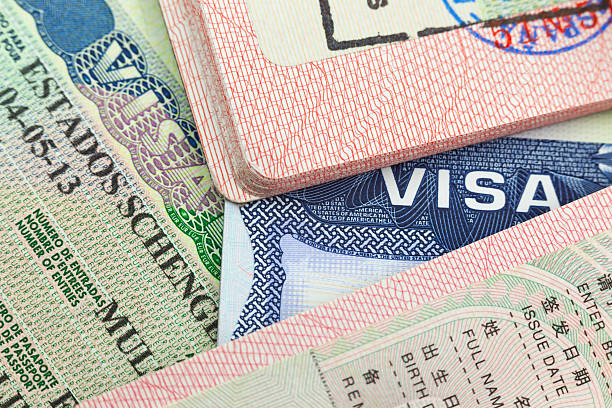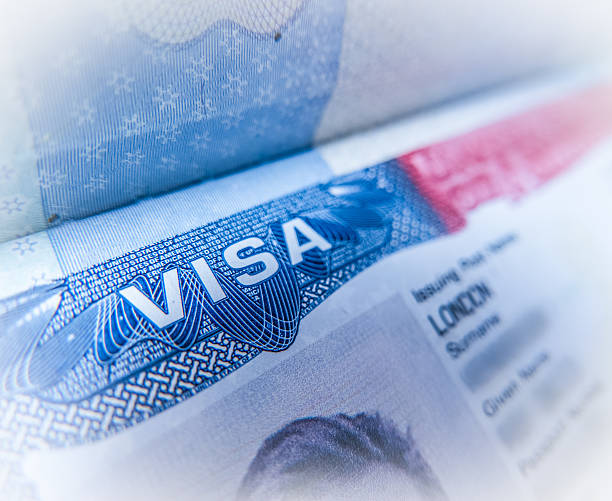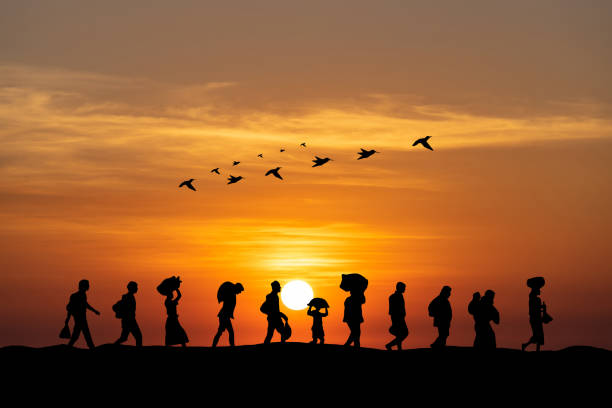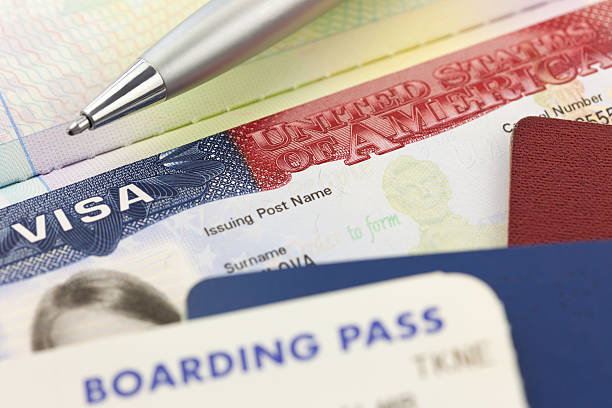
The Impact of Global Events on Immigration Trends
The Impact of Global Events on Immigration Trends
Global events have a profound influence on immigration trends, shaping the patterns and policies of migration worldwide. From economic crises to political upheavals and environmental changes, these events can significantly affect both the reasons people migrate and the responses of host countries. This blog explores how various global events impact immigration trends and what this means for migrants and governments alike.
1. Economic Crises and Migration Patterns
Economic downturns and financial crises often drive changes in immigration patterns as people seek better opportunities and more stable environments.
1.1. Job Loss and Economic Instability
During periods of economic instability, individuals may migrate in search of jobs and better economic prospects. Countries experiencing high unemployment or economic hardship may see an increase in emigration as people look for employment opportunities abroad.
1.2. Impact on Host Countries
Conversely, host countries may experience shifts in immigration policies in response to economic pressures. They might implement stricter immigration controls or offer incentives to attract skilled workers to support economic recovery.
Read more about the impact of economic crises on migration at Economic Migration.
2. Political Instability and Refugee Flows
Political instability, including conflicts, wars, and regime changes, can lead to increased refugee flows as people flee unsafe or repressive conditions.
2.1. Conflict-Induced Migration
Armed conflicts and political unrest often result in large numbers of refugees seeking asylum in neighboring or distant countries. These situations can lead to surges in asylum applications and strain on host countries’ resources.
2.2. Policy Responses
Host countries may adjust their immigration policies to address the influx of refugees. This can include changes in asylum procedures, temporary protection measures, or increased international cooperation on refugee support.
Explore the impact of political instability on immigration at Refugee Trends.
3. Environmental Changes and Climate Migration
Environmental changes and natural disasters can drive migration as people are forced to leave their homes due to climate-related impacts.
3.1. Climate Change and Displacement
Climate change can lead to sea-level rise, extreme weather events, and resource shortages, causing people to migrate to more hospitable areas. Climate-induced migration is becoming an increasingly important issue as environmental changes accelerate.
3.2. Adaptation Strategies
Host countries and international organizations are working on strategies to address climate migration. These include developing policies for climate refugees and integrating climate resilience into migration planning.
Learn about climate migration strategies at Climate Migration.
4. Health Pandemics and Migration Policies
Health pandemics, such as the COVID-19 pandemic, can have significant impacts on migration trends and policies.
4.1. Travel Restrictions and Border Controls
Pandemics often lead to the implementation of travel restrictions and border controls to prevent the spread of disease. These measures can disrupt regular migration flows and affect the ability of individuals to travel for work, study, or family reasons.
4.2. Changes in Migration Patterns
Health crises may alter migration patterns, with people postponing or altering their plans. Some may migrate to areas perceived as safer, while others may face challenges in accessing necessary services and support in host countries.
Read more about the effects of health pandemics on migration at Health Migration.
5. Economic Opportunities and Trade Agreements
Trade agreements and economic opportunities can influence migration trends by creating new avenues for employment and economic growth.
5.1. Labor Migration and Trade Agreements
Trade agreements between countries can lead to increased labor migration as businesses seek to take advantage of new opportunities. Agreements that allow for the free movement of workers can facilitate immigration for employment purposes.
5.2. Economic Zones and Development
Economic development zones and special economic areas can attract immigrants seeking better job prospects and improved living conditions. These areas often offer incentives for skilled workers and entrepreneurs.
Explore the impact of trade agreements on migration at Trade and Migration.
6. Social and Cultural Influences
Social and cultural factors also play a role in shaping immigration trends, influencing where and why people choose to migrate.
6.1. Educational and Cultural Exchange
Opportunities for education and cultural exchange can drive migration as individuals seek to gain new skills and experiences. Educational programs, internships, and cultural exchange initiatives often attract international students and professionals.
6.2. Family Reunification and Social Networks
Family reunification policies and established social networks also influence migration patterns. Immigrants may move to join family members or communities that provide social support and integration assistance.
Find more on cultural and educational migration at Cultural Exchange.
7. Conclusion
Global events have a significant impact on immigration trends, affecting everything from economic opportunities to political stability and environmental conditions. Understanding these influences helps policymakers, immigrants, and communities navigate the complexities of migration and adapt to changing circumstances. By recognizing the diverse factors that drive immigration, stakeholders can better address the challenges and opportunities that arise in a dynamic global environment.



















































